We are heading to the Fuzuli and Khojavand regions. At 10:30 am, accompanied by a delegation from the Ministry of Ecology and Natural Resources, we set foot on the liberated land.
The purpose of the visit is to inspect green spaces, specially protected areas, and natural resources destroyed by the Armenians during the occupation of the Fuzuli and Khojavand regions.
Ruins along the road, devastation reigns everywhere. On the green meadows, blossoming poppies shine red, and yellow wildflowers are pleasing to the eye. The aroma of flowering meadows is felt around.
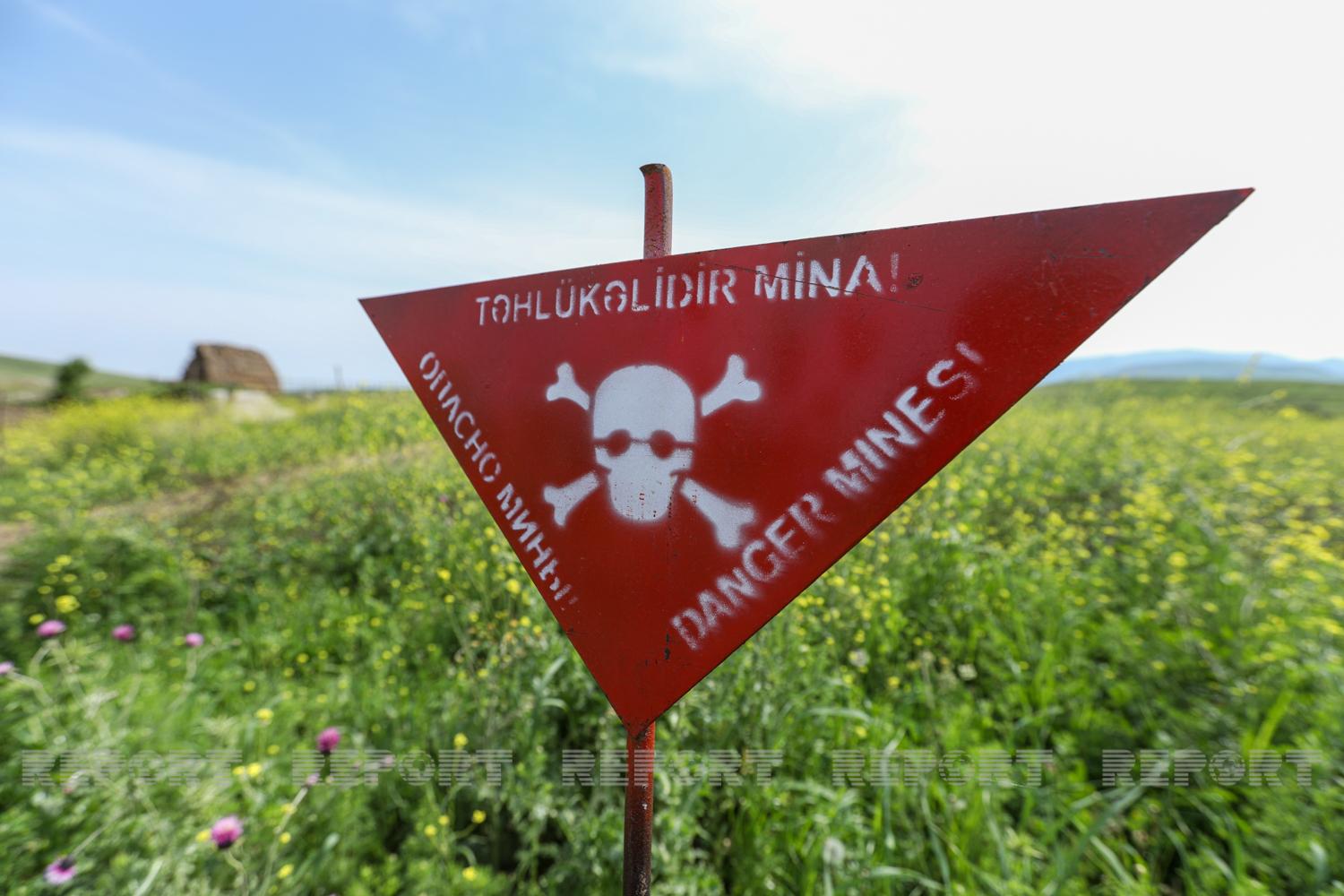
First, we head to the Ishigli village of the Fuzuli region. Before the Armenian occupation, majestic plane trees grew here. Now only mossy stumps are left of them.
The head of the sector of the ministry Mehman Nabiyev, accompanying us during the visit, noted that 11 eastern plane trees grew in the Fuzuli region before the occupation. After the Armenian occupation, they remained only in memories.
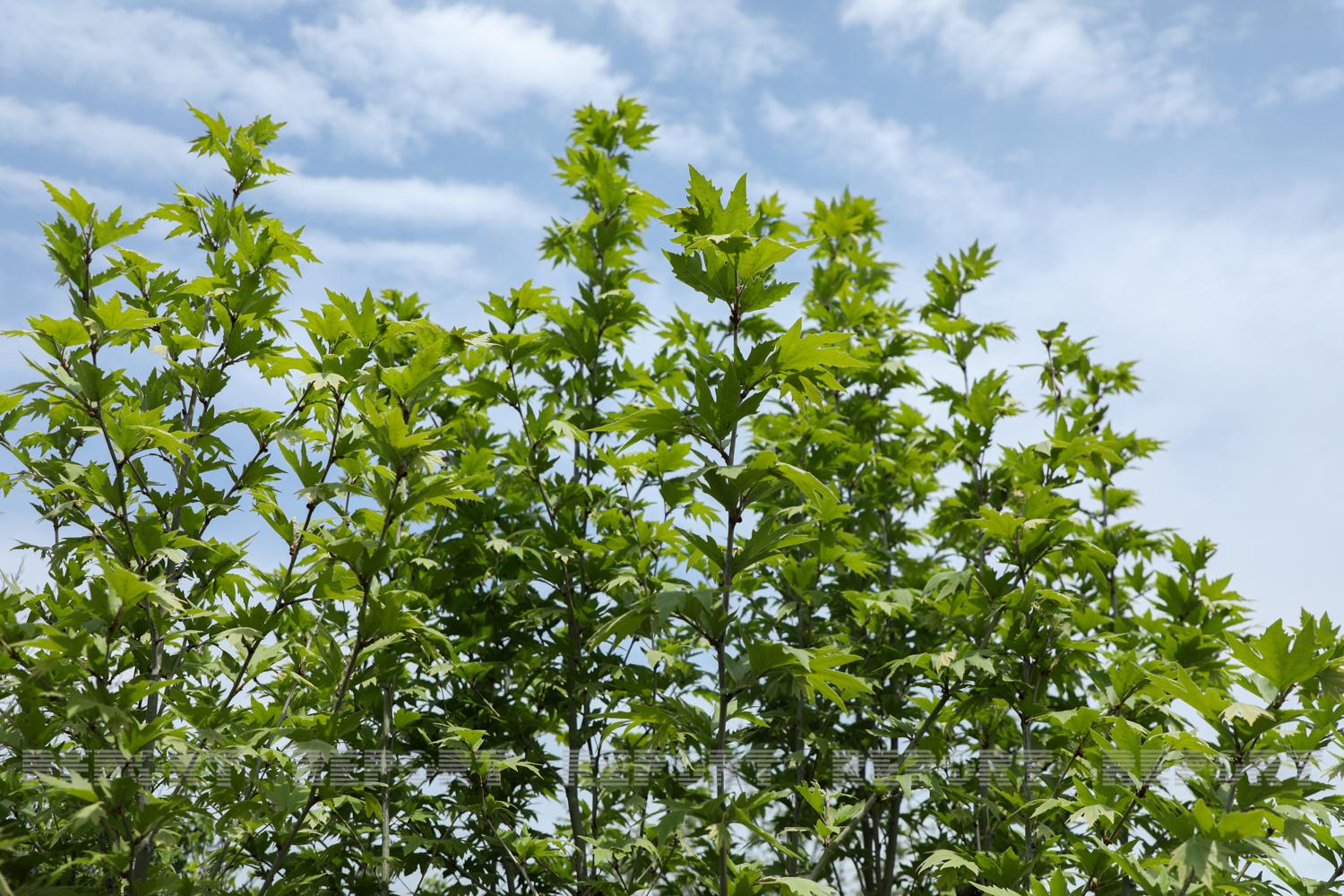
We made our way over the hills, over the mountain ranges. Our path runs to the village of Dovletyarly. After driving along winding and rather dangerous roads, we got to the Dovletyarly Mishar Dashy deposit. The field with an area of several hectares was mercilessly exploited by the Armenians during the occupation. The stones from the deposit were transported to Armenia.

Representative of the National Geological Exploration Service Shahin Atashov said that there are six mineral deposits in the Fizuli region.
Our journey continues. We are heading to the Garamammadli village of the Fuzuli region. Together with ministry officials, we release 1,500 fry into the Kondelenchay-1 reservoir and plant more than 600 trees. Our trip to the Fuzuli region ends, and in the afternoon, we are heading to Khojavand...

The majestic Azykh cave - the most ancient encampment of humanity opens to our eye. We climb 800 steps. During the occupation, the Armenians repeatedly carried out illegal archaeological excavations here, and the discovered artifacts were exported abroad. Vandals carved the Armenian names Karen, Gago, and others on the walls of the monument.
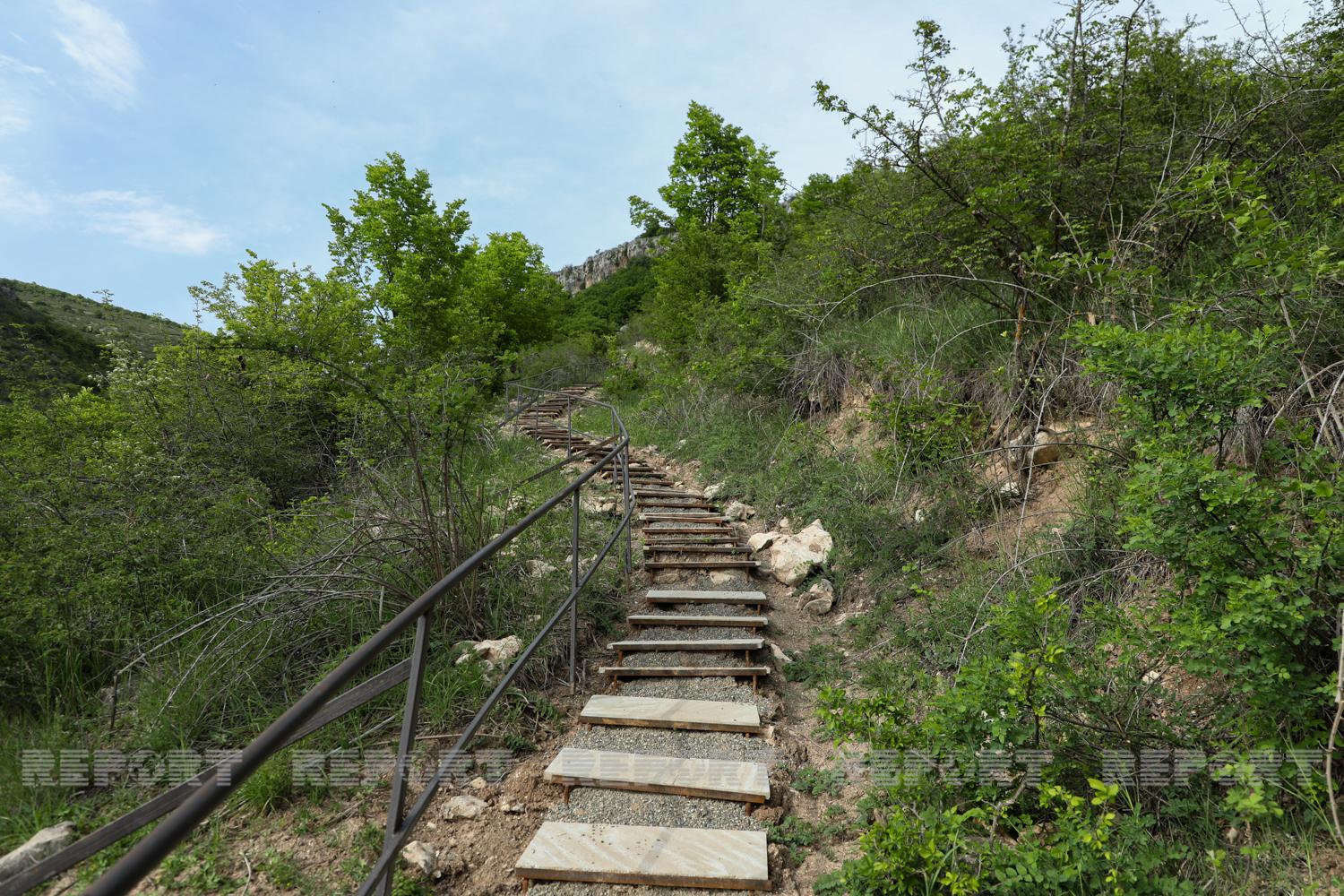
The Azykh cave is located on the southeastern slopes of the Lesser Caucasus, between the villages of Azykh and Salaketin, Khojavand region, at an altitude of 900 meters above sea level. The area of the Azykh cave is 800 sq.m. It has eight openings 600 meters long. Some of them are 20-25 meters high. The Azikh geological and paleontological monument was discovered in 1960 by Mammadali Huseynov but was registered in 1982.
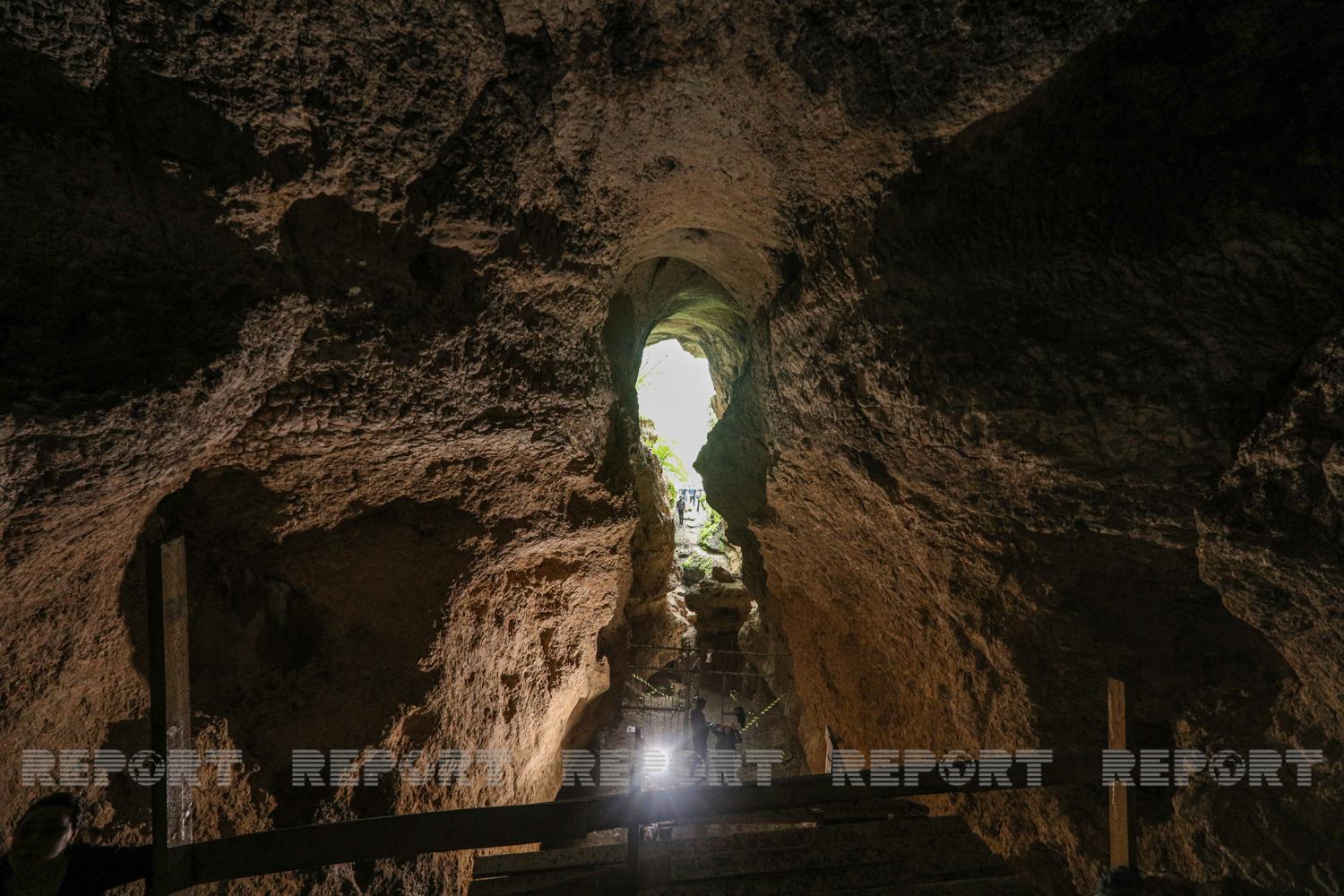
Inhaling the delightful mountain air, we descend to the foot of the village. We feel the scent of thyme everywhere. For the first time, it was in the village of Azykh that I personally saw the famous Khary-bulbul, of whose enchanting beauty I had heard a lot.
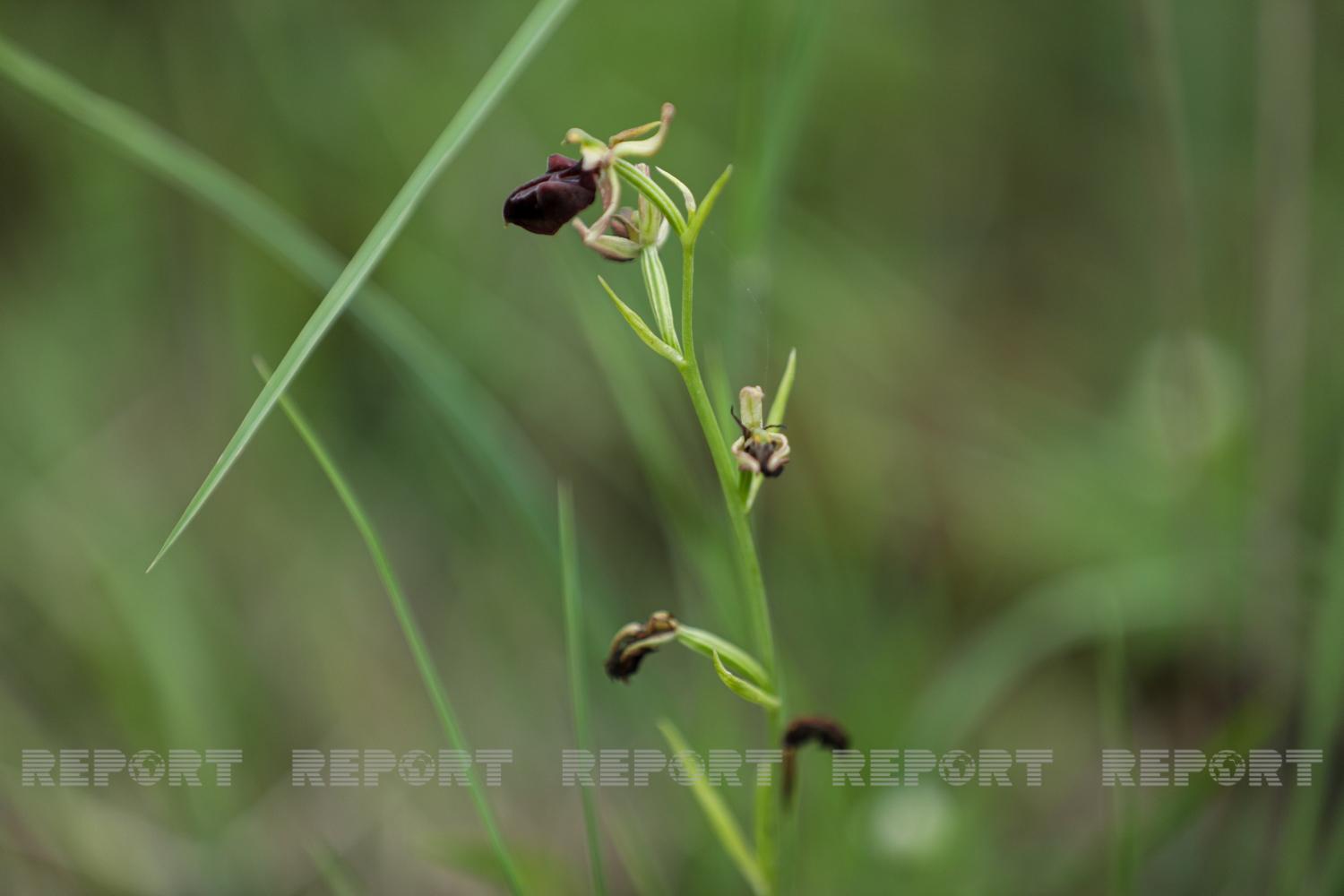
We go around the village of Tug, and along the mountain paths, we get to Hadrut. Unlike other roadside areas, here, the Armenians destroyed only a small part of the trees and forests.
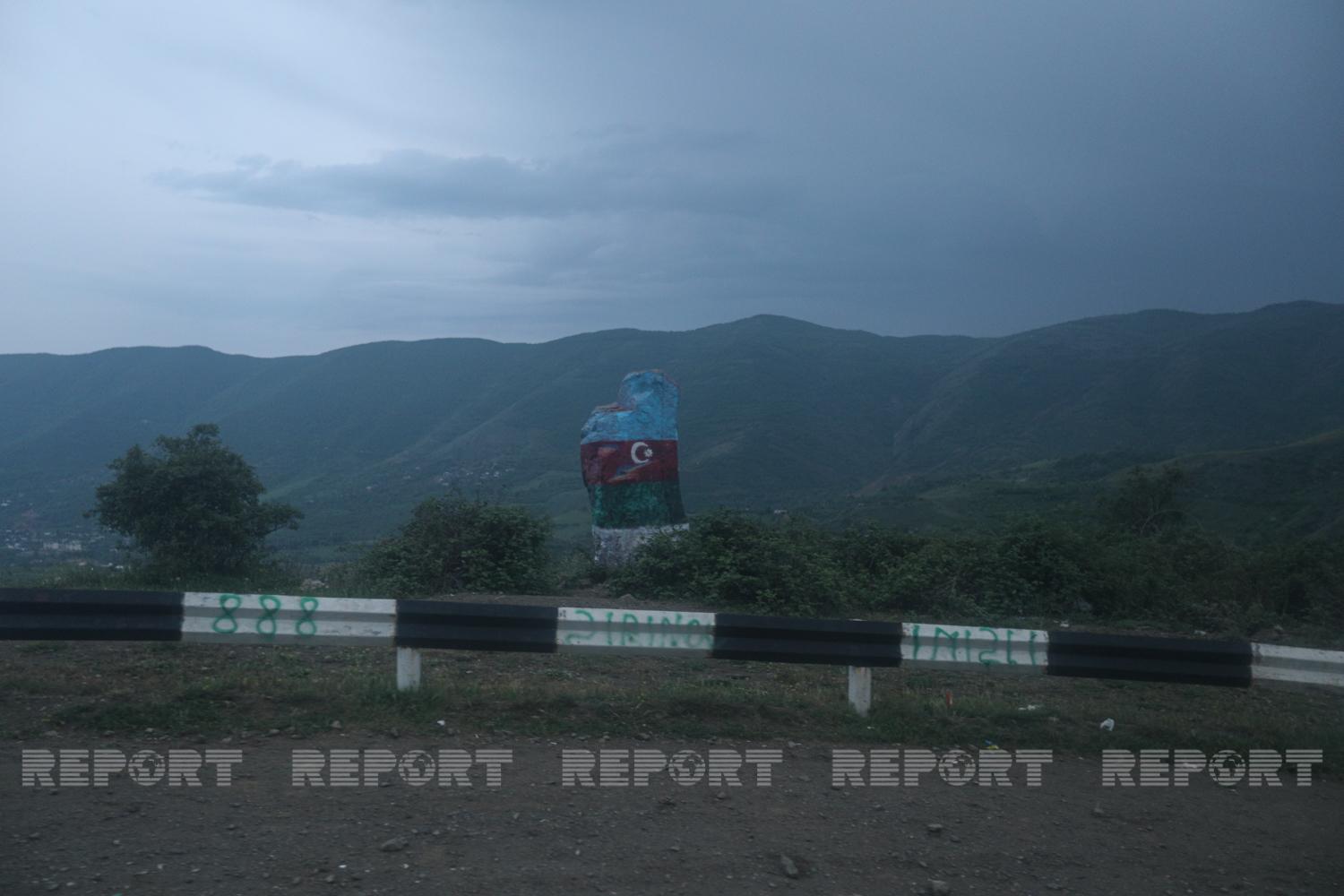
At around 07.00 pm, we reach Hadrut - the southern gate of Nagorno-Karabakh. This is my first visit to this region. Earlier I had a chance to visit the villages of Tug and Edilli of the Khojavand region. Picturesque landscapes are just amazing.
Hadrut is of exceptional strategic importance. The village was occupied by the armed forces of Armenia on October 2, 1992. On October 9, 2020, Hadrut was liberated from enemy occupation.
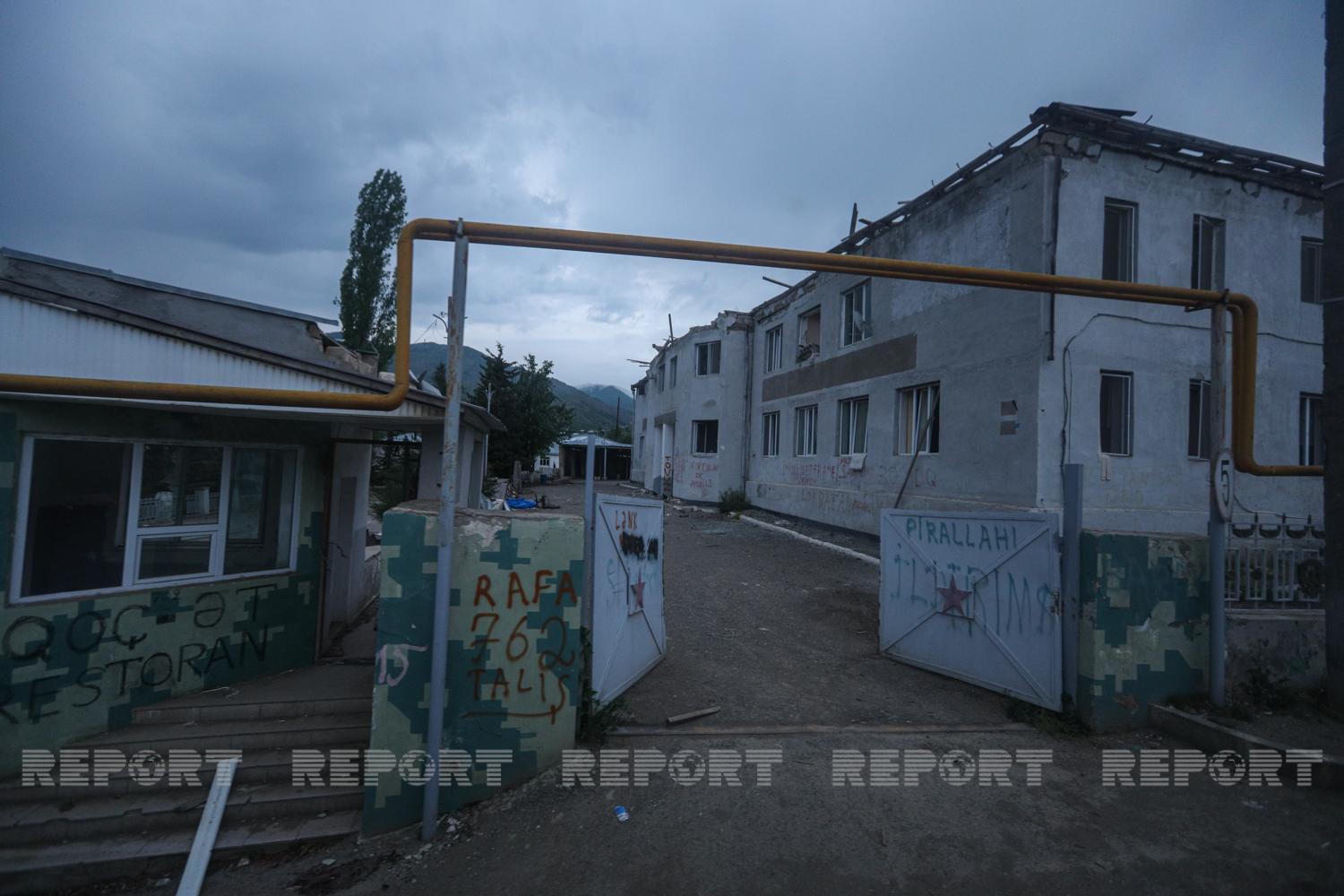
Deputy Minister of Ecology and Natural Resources Vugar Karimov said that before the occupation, the total area of the forest fund in the Khojavand region was 22,428 hectares. Satellite images showed that 3,537.4 hectares of forest resources were destroyed during the occupation. Unfortunately, time is running out ... Finally, we take a look at the 900-year-old plane tree ...
It's time to go back. In the hope of visiting these protected areas again, we leave for Baku.
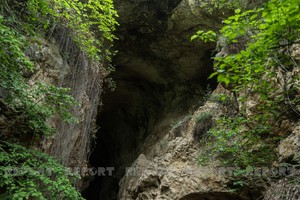
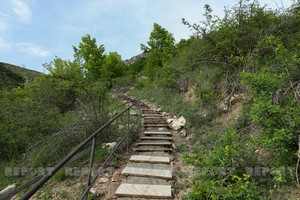
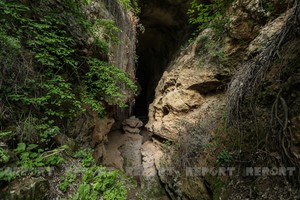
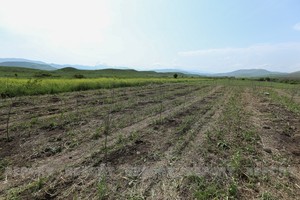
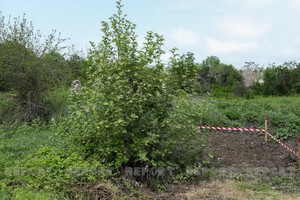
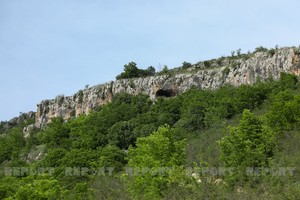
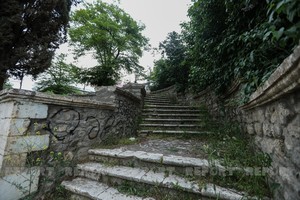
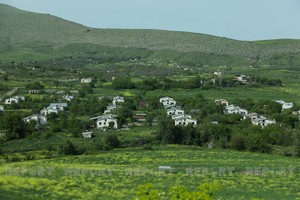
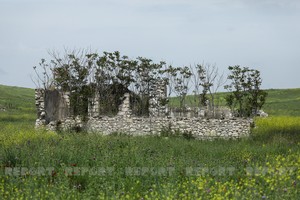
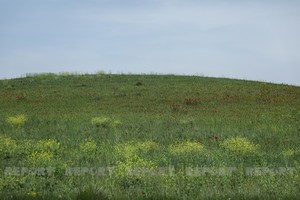
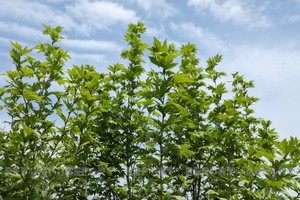
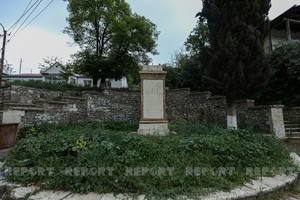
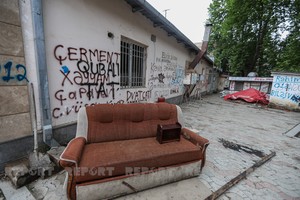
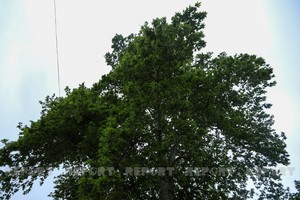
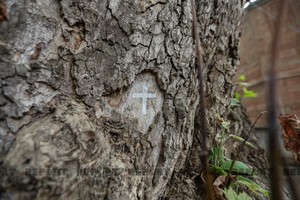
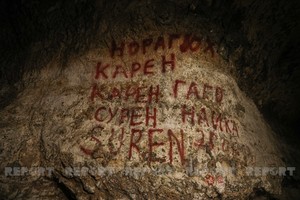
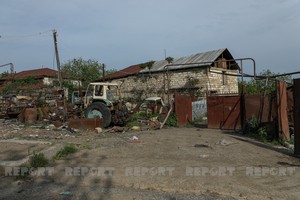
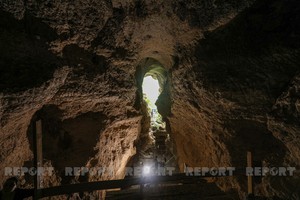
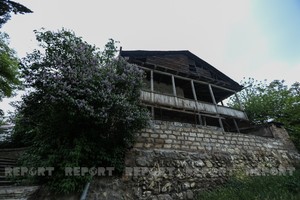
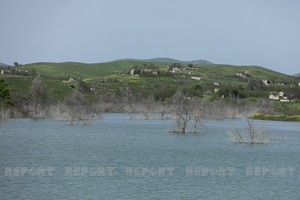
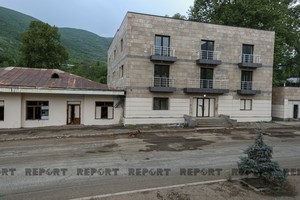
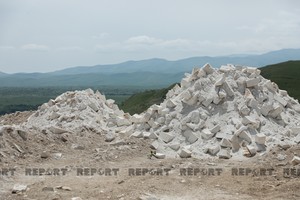
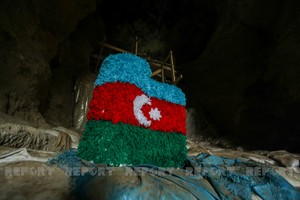
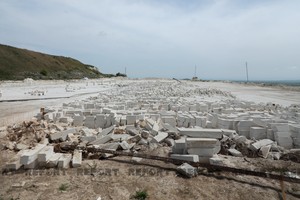
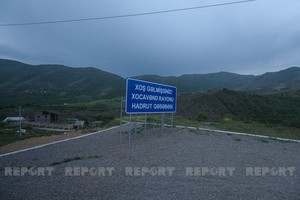
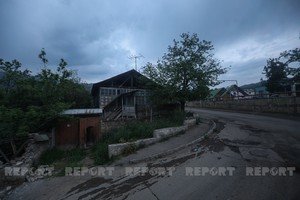
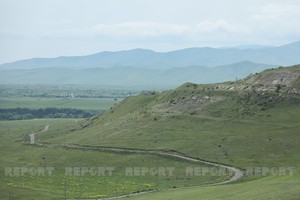
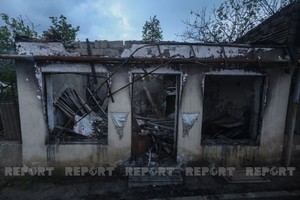
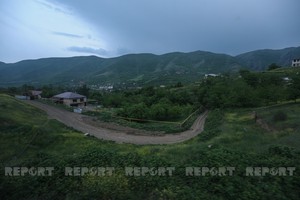
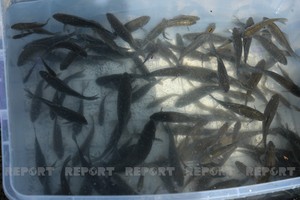
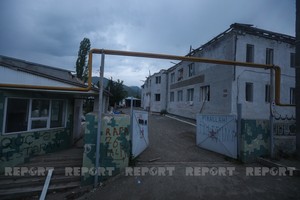
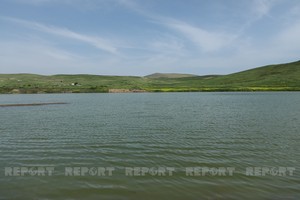
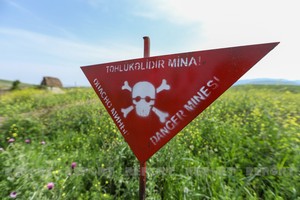
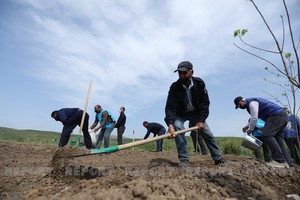
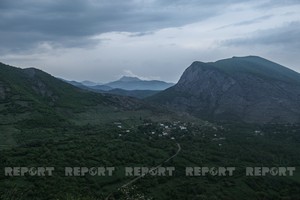
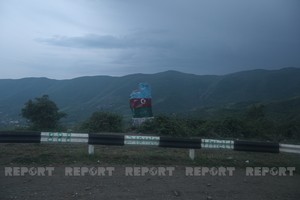
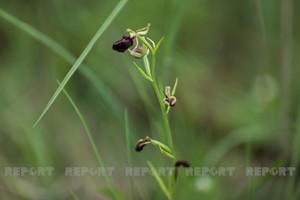


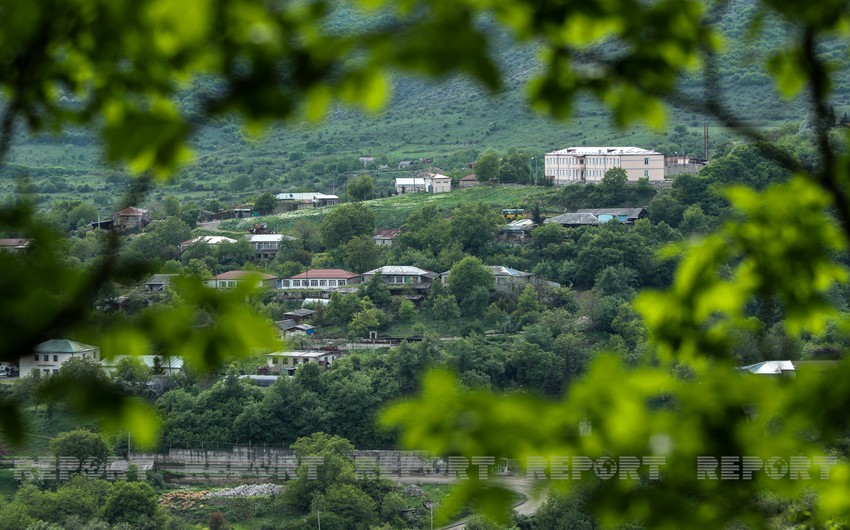 https://static.report.az/photo/278520da-e652-3e73-a623-2600ce2b93d7.jpg
https://static.report.az/photo/278520da-e652-3e73-a623-2600ce2b93d7.jpg

